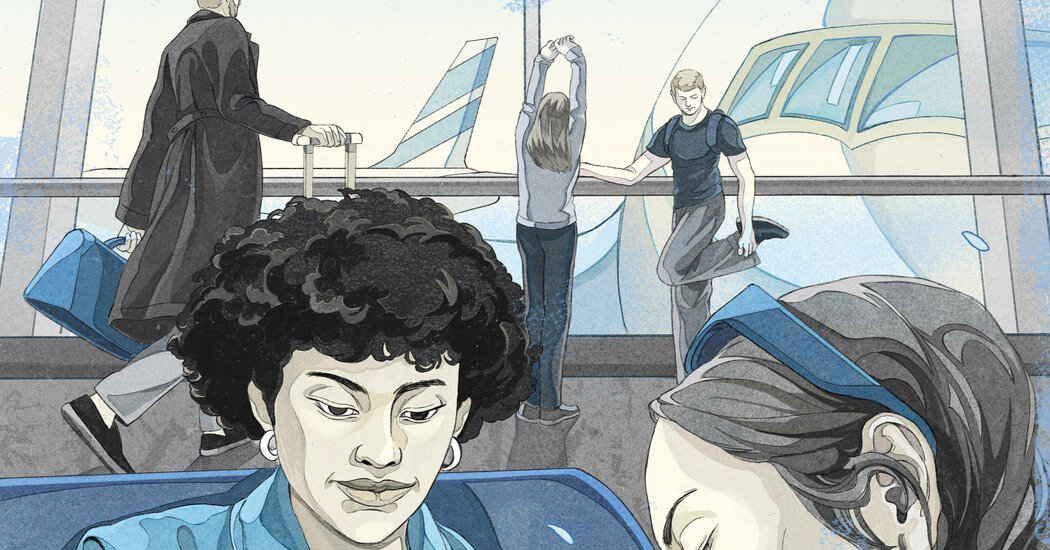From long lines to overpriced food and scarce seating, airports are rife with pitfalls.
For some people, said Katy Nastro, a travel expert at Going, an app for cheap flights, “airports are like travel purgatory: You’re neither here nor there.”
But technology, advance planning and a few creative strategies can help you parry airport problems.
Calculate your transit time
Your airport journey can begin as early as 24 hours before departure, when you should check in, pay checked bags fees, which will expedite bag drop, and sign up for flight notifications by text to keep up with scheduling.
Next, determine when you should leave for the airport. The rule of thumb is to arrive two hours before departure for domestic flights (three for international), allowing yourself plenty of time to check bags, get through security (especially if you don’t have expedited clearance) and board.
“The biggest challenge with airports is the variability in how long it may take to get there, and to get from curb to gate,” said Gary Leff, the author of the aviation blog View from the Wing.
Use a map app to get a sense of travel time to the airport a week or a few days before departure. Airline websites commonly include security wait times.
If you’re checking a bag, you may need to do so no less than 45 minutes before domestic departures (check your carrier for cutoff times). Add this to your transit time, along with a comfortable cushion.
Expedite security clearance
The quickest way through security is to sign up for expedited clearance.
Travelers enrolled in TSA PreCheck usually wait 10 minutes or less at security, according to the Transportation Security Administration. Membership, which costs between $76.75 and $85, depending on the enrollment provider, is good for five years.
Global Entry, which speeds travelers through customs screening when they return to the United States, includes enrollment in TSA PreCheck. It costs $120 and is good for five years.
CLEAR allows members to use its lanes in 59 airports around the country to get to the front of the security lines ($199 a year).
Fly standby on an earlier flight
If you do breeze through traffic and security, try to fly standby on an earlier flight, recommends Brian Sumers, who writes the newsletter The Airline Observer.
“Since the pandemic, free standby is back,” Mr. Sumers said, noting that even Southwest Airlines, which previously prohibited the practice, offers standby if space is available.
Bring your own food
Airports…
Click Here to Read the Full Original Article at NYT > Travel…
